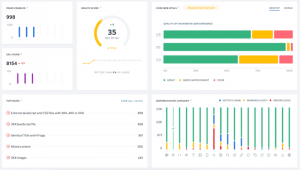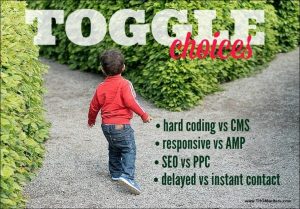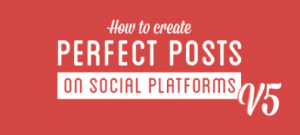Etsy, with its focus on handmade and vintage items, is a great place for independent artists and crafters to set up their own shops and sell their wares. And today, more than 2.1 million people sell their products on Etsy.
It’s free to join Etsy and set up a shop, but there are numerous Etsy fees that sellers must pay. Some Etsy fees depend upon a seller’s use of certain marketplace features, but others are unavoidable.
Read on for an in-depth look at the various fees Etsy charges its users that’ll help you determine what costs to expect so you can keep your Etsy shop running smoothly.
The Importance of Understanding Etsy Fees
Knowing what kind of Etsy fees you can expect to pay and what they’ll cost will allow you to create a business plan and budget for your Etsy shop.
Paying your fees on time will also help your store remain in good standing. Remain in good standing long enough and you’ll be able to subscribe to Etsy Plus, which gives you access to additional tools and benefits, and it’ll help you grow your Etsy shop into a success.
Sellers who don’t pay their fees on time are at risk of having their selling privileges revoked or their accounts suspended, so it’s important to be aware of what Etsy fees you’re expected to pay and to stay on top of them.
Now that you understand the importance of Etsy fees, let’s take a look at the various types of fees you may incur.
Etsy Listing Fees
Every time you add a product to your Etsy shop, you create a new listing. Etsy charges a flat rate of 20 cents per listing, regardless of whether the item you list sells. However, there are no fees for editing a listing.
If you create a listing for a product that has an inventory of greater than one or has variations, such as additional sizes and colors, it is considered a single listing. You’ll be charged on the flat 20-cent rate for the listing — unless more than one item from that listing sells. More on that later.
Listing fees are deducted from your payment account at the time the listing is published or renewed and are nonrefundable.
Auto-renew fee
To avoid manually relisting each item after it sells or when a listing expires after four months, Etsy users can choose to have their listings automatically renew. Each automatically renewed listing costs 20 cents.
You can check your automatic listing status in your Listings Manager. If you wish to turn off automatic renewals, select “Manual” instead of “Automatic” under “Renewal Options.”
Multi-quantity fee
Listing fees for items for which you have more than two in stock — or for items that have multiple variations, such as size or color — can be a bit more complicated.
You’ll be charged for listing multiple quantities only when you actually sell the inventory. So if you sell one of ten shirts in a listing, you’ve already been charged 20 cents for creating the listing, and you won’t be charged again. However, if you sell two shirts from that listing, you’ll be charged an additional 20 cents for the second shirt.
When you sell multiple items from one listing in a single transaction, it’ll appear in your payment account as a multi-quantity fee.
If you sell only a portion of your inventory from a listing, you’ll automatically be charged a renewal fee for the remaining items you have for sale. For example, if you have a ten shirts in a listing and you sell five of them, your listing will automatically renew for the five remaining shirts, and that listing will remain in your Etsy shop.
When you have inventory left over and your listing automatically renews, it will appear in your payment account as an auto-renew sold fee.
To see how this all breaks down, let’s say you sell hand-knitted scarves, such as the ones Etsy user Tania Barley sells in the example below.
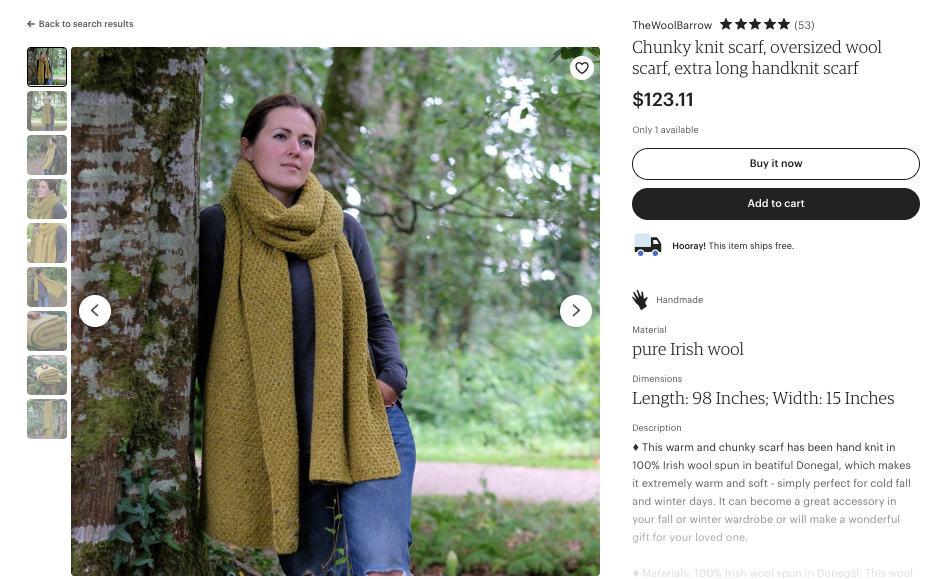
If you list ten scarves for sale, you’ll be charged 20 cents for the initial listing. If none of these scarves sell, and you don’t have automatic renewals set up, you can relist the item for 20 cents.
If you sell only one of the ten scarves in your listing before the listing expires, you’ll be charged 20 cents for the initial listing, plus an additional 20 cents because the listing will auto-renew for the remaining nine scarves in your shop.
But let’s say you sell all ten of the ten scarves in the listing before the listing expires. In this case, you’ll be charged 20 cents for the initial listing. When the scarves sell, you’ll be charged an additional $ 1.80, 20 cents for each additional scarf sold.
Private listing fee
If you want to post a certain product for sale — but only to a particular buyer — you can make a private listing for the standard 20-cent fee. You’ll be charged only when the buyer has placed an order.
Etsy Transaction Fees
Transaction fees are the fees the marketplace collects whenever a customer buys an item listed for sale in your shop. However, unlike most listing fees, transaction fees are charged only when an item sells.
Transaction Fee
When you make a sale on Etsy.com, Etsy collects 5% of the total item cost in your local currency. This includes shipping, gift-wrapping costs, and any additional charge for product personalization.
Etsy transaction fees apply to the listed cost only — not to sales tax — if your business is based in the United States or Canada.
Let’s say you list a single vintage dress for sale in your Etsy shop at a price of $ 50. Here’s how your listing fee plus a transaction fee would break down after the item sells: a listing fee of 20 cents plus a transaction fee of $ 2.50 (5% of the $ 50 price). This brings the total fees you’ll be charged to $ 2.70.
Shipping transaction fee
If you charge buyers a separate shipping fee when ordering from your shop, Etsy collects 5% of the total shipping charges.
Square Manual Fee
If you make in-person sales using Square — and it’s not synched with your Etsy shop inventory — Etsy charges a 20-cent fee per transaction. Square may also charge additional transaction fees.
Etsy Payment Processing Fees
Etsy charges payment processing fees at a set rate, plus a percentage of an item’s total sale price.
The rate and percentage charged varies by country and are determined by the location of your bank account. Etsy sellers in the United States will pay 3% of the total sales price, plus 25 cents.
Let’s take the example of the $ 50 vintage dress again. When the dress sells, you’ll be charged a payment processing fee of $ 1.50 (3% of total sales price) plus 25 cents, bringing your total payment processing fee to $ 1.75.
So, added together, your listing fee, transaction fee, and payment processing fees break down like this: 20 cents (listing fee) plus $ 2.50 (transaction fee) plus $ 1.75 (payment processing fee) equals $ 4.45 total fees.
Etsy Plus Subscription Fee
Etsy Plus is a subscription package with additional tools that’s available to sellers in good standing for $ 10 per month.
Etsy Plus subscribers receive the following credits each month, which must be used before the end of the subscription cycle: 15 listing credits worth $ 3, and $ 5 in Etsy Ads credits.
The fee for Etsy Plus is automatically deducted from your balance each month, until you cancel your subscription, and Etsy charges sales tax on this fee for to U.S. sellers where applicable.
Etsy Shipping Fees
Etsy sellers can choose to purchase shipping labels through Etsy and will be charged based on the carrier, shipment origin and destination, and package weight and dimensions.
Additional fees are charged if the seller chooses to purchase package insurance or signature confirmation.
Etsy Advertising and Promotional Fees
Etsy offers various ways for sellers to promote their shops and listings, including paid advertising, shopping engine ads, and shop-specific promotions. The fees associated with these ads and promotions vary, based on what options a seller chooses, and will be outlined before the seller makes a commitment to purchase.
Learn more about Etsy’s advertising policy here.
Pattern Fees
Etsy’s Pattern tool lets users create a custom website separate from their Etsy shop, where they can sell their products. While inventory is synced with the user’s Etsy store, the site created through Pattern is separate from Etsy.
For example, Etsy user Mandy Osbourne used Pattern to create her apparel site, milkandhoneytees.com, but she also has items for sale in her Etsy shop.
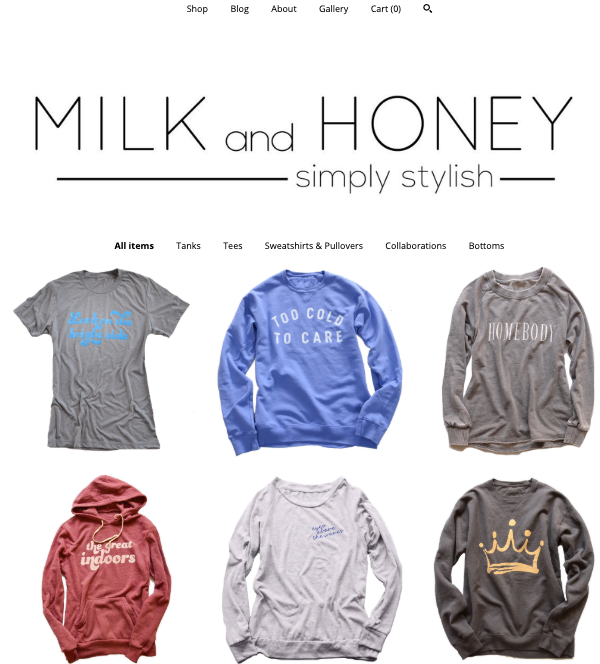
The first 30 days using Pattern are free, but then there’s a monthly subscription fee of $ 15. Your first month’s statement will be prorated based on when you subscribed to the service. You’ll be charged the full subscription fee for each following month that you use Pattern.
Sellers who purchase a domain through Etsy’s partner Tucows Inc. will also be charged a domain registration fee.
U.S. sellers in applicable states are charged sales tax on this fee.
Pattern-only listings aren’t charged Etsy’s usual listing or transaction fees. However, a seller can choose to make a Pattern listing available in their Etsy shop at any time. An item listed on both Etsy.com hand Pattern will be charged Etsy’s regular listing fee.
Also, Pattern-only listings that are paid for through Etsy payments will incur the payment-processing fee.
How to Pay Etsy Fees
Etsy fees are typically deducted automatically from a seller’s payment account as long as sufficient funds are available.
If funds aren’t available, the seller must pay any outstanding fees in full within 15 days of receiving their monthly statement. Payments can be made manually via credit card, debit card, or PayPal. U.S. sellers can also enroll in automatic billing.
Etsy may charge your card on file or take other actions, such as reversing any credits on your account or utilizing a collections service, to seek reimbursement if you have an outstanding balance. If you make a sale while you have an outstanding balance, the net sale amount will be applied to your outstanding balance.
Etsy may suspend selling privileges at any time if an account is overdue.
Fee Avoidance
Any action a seller takes to avoid paying Etsy fees is considered fee avoidance and can result in account suspension. Examples of fee avoidance include the following:
- Initiating a transaction on Etsy.com and completing it off of Etsy
- Misrepresenting an item’s price
- Altering an item’s price after sale
- Misrepresenting an item’s shipping location
- Using another user’s Etsy account without permission to make sales
Know Your Fees
It’s important to understand your Etsy fees so you can run your business smoothly and keep your shop in good standing with Etsy.
Still, it can be challenging to determine exactly what your Etsy fees will be. These fees depend on so many factors, including the price of the item, where your business is based, and what Etsy options and subscriptions you use
But here’s a helpful tip: Use an Etsy fee calculator to help estimate your fees — and your profit — for a specific item’s sale. Simply input the selling price, shipping charge, and other details to get a rough calculation.
Digital & Social Articles on Business 2 Community
(98)
Report Post
